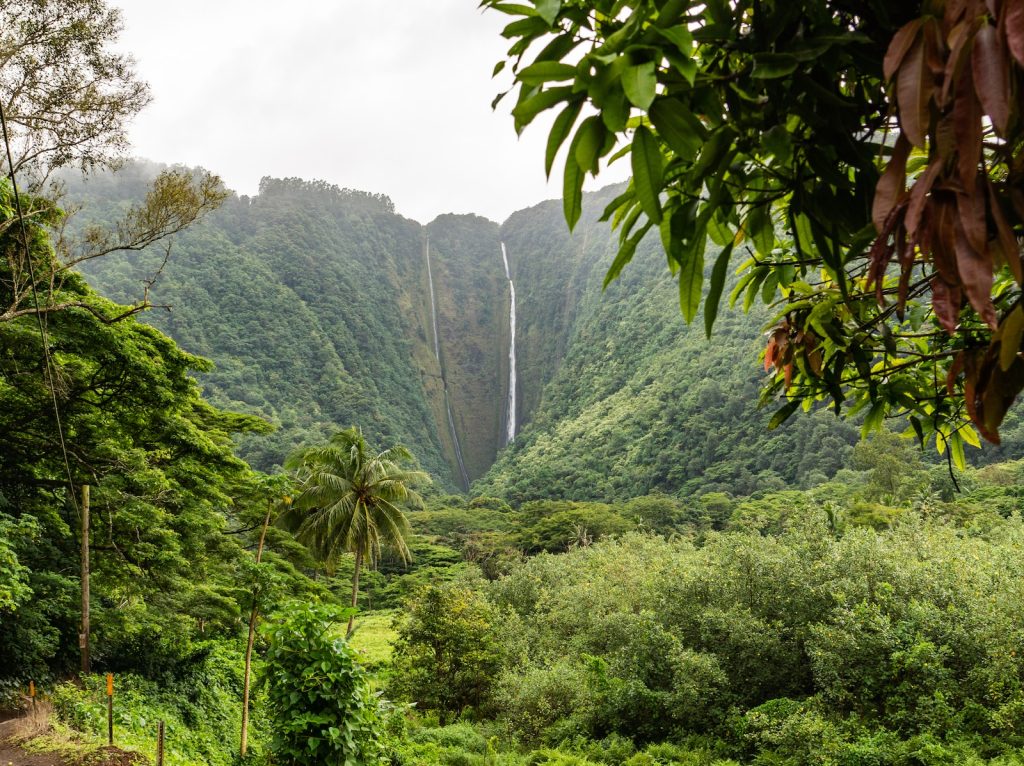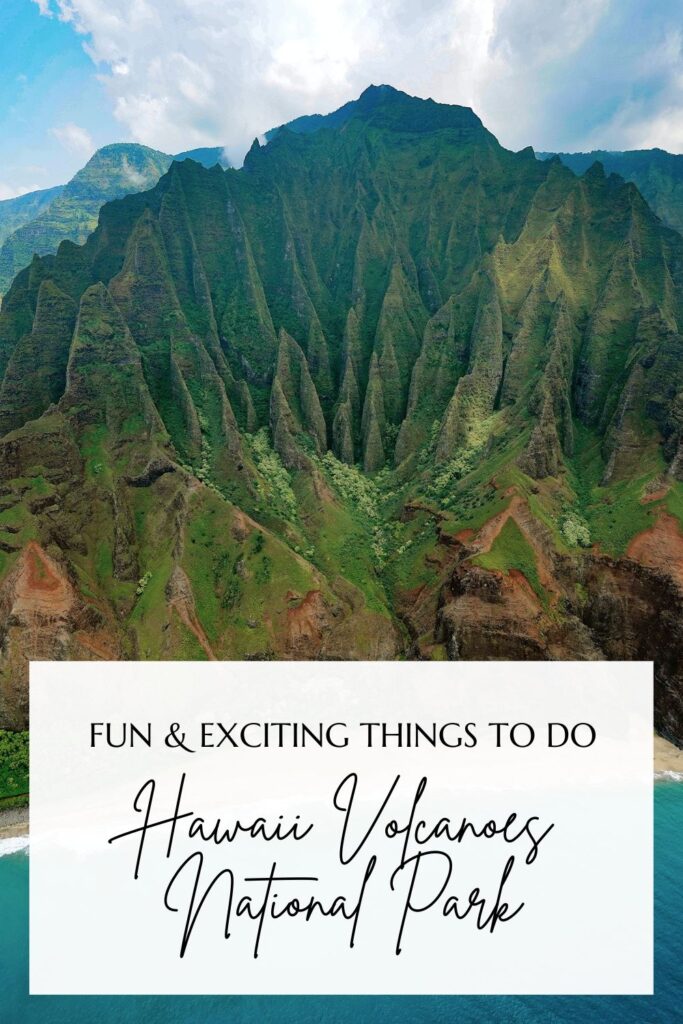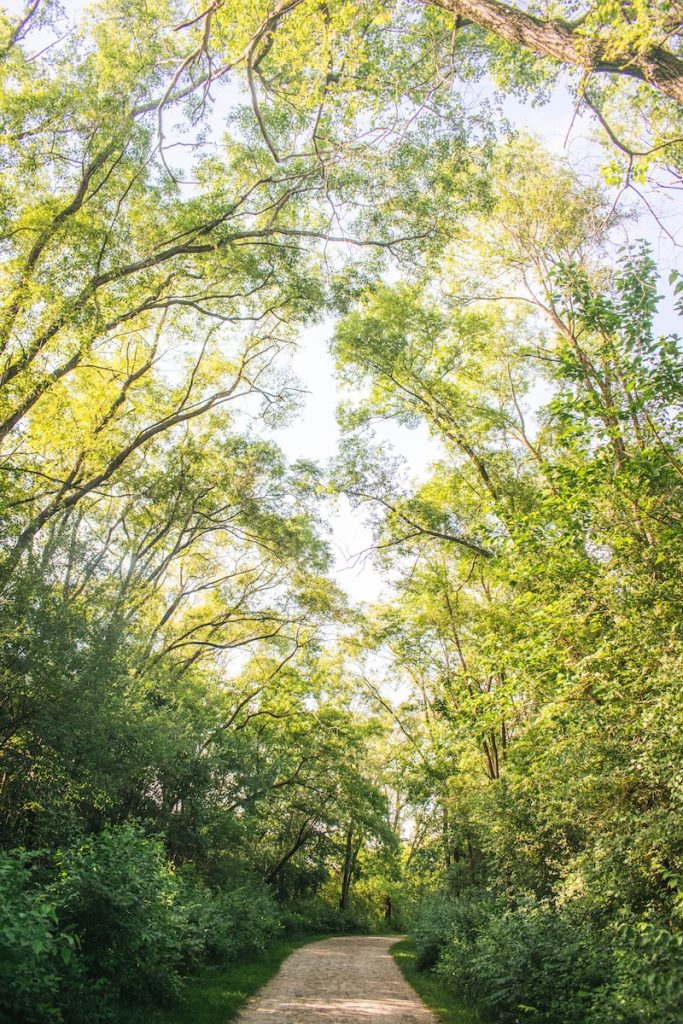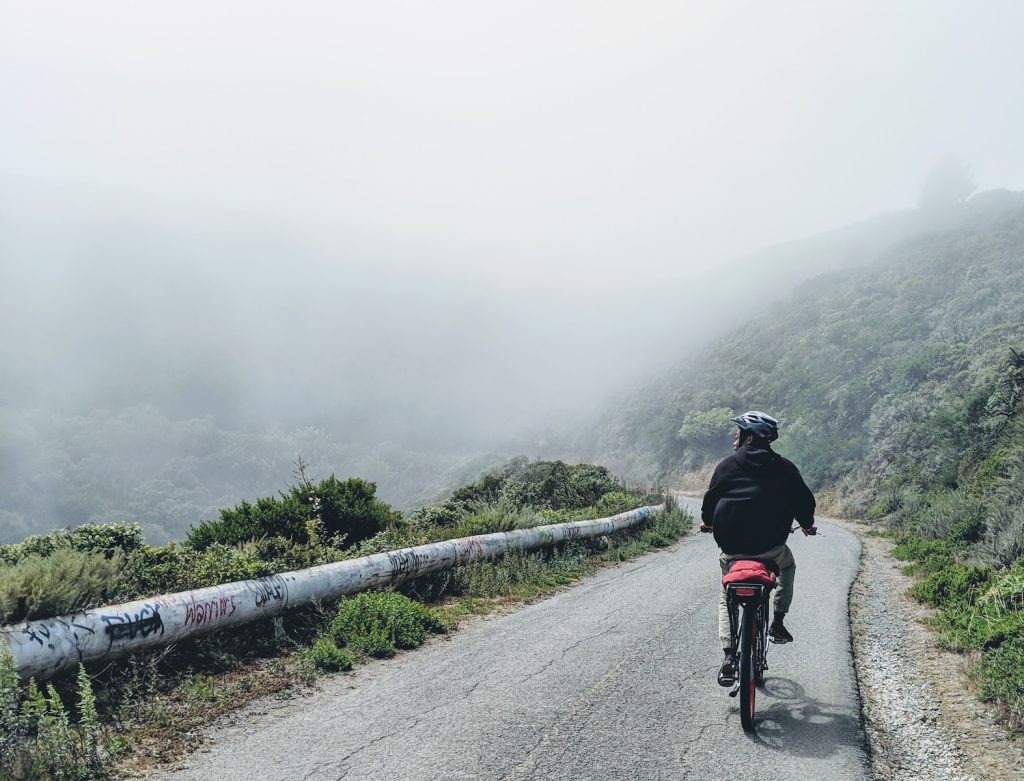
Fun and Exciting Things to Do Hawaii Volcanoes National Park
We may earn money or products from the companies mentioned in this post.
Volcanoes National Park, a 333,000-acre preserve on the Big Island of Hawaii, contains two active volcanoes, a range of ecological zones, and a fascinating array of plants and wildlife. Walkers, hikers, campers, cyclists, and other outdoor enthusiasts of all ages and abilities will find healthy and educational activities in the park.

Hawaii Volcanoes National Park is bordered by Mauna Loa on the Big Island of Hawaii. This is a place where a lot of official scientific observing of the mountain, camping, and hiking takes place. It is a place where people come to vacation and a place where people come to study. For everyone, it’s a place of inspiration, because Mauna Loa peaks at more than 16,000 feet and is one of the largest mountains in the world.
In the center of the park is Kilauea Caldera, a large dormant volcano. In 1823, William Ellis became the first white man to climb to the top of the volcano. Then for the next century people came to see inside the volcano and watch the lava burn. But then in the 1920s the lava stopped bubbling and burning and started to harden. You can now drive to the center of the volcano. The volcano has erupted in recent years, but people come to see it erupt. It’s not dangerous anymore. There’s no big explosion; it simply bubbles over the top and the lava flows downhill.
Hawaii Volcanoes National Park Education and Culture
The visitor center offers ranger presentations and a short film about Hawaiian volcanology. At the Jaggar Museum, enjoy a spectacular view of the main crater, as well as displays of artifacts and volcanic activity tracking equipment. The art gallery exhibits local artists’ creations and hosts drawing and photography classes, fireside stories, and hula demonstrations. Check the park website for evening programs, concerts, youth activities, and cultural festivals.
Hawaii Volcanoes National Park is a marvel to behold. With two active volcanoes, its landscape is like no other place in America. Many healthy and active visitors liken it to what they imagine a trip to the moon might reveal … once-in-a-lifetime vistas. At once barren and vegetation rich, but always magnificent, you can camp, hike, bike, and experience the lava flows for yourself in this surreal landscape.
Seek Out the Lava
Let’s face it, lava is one of the prime reasons visitors seek out this park. And consider yourself lucky because timing is everything when it comes to lava. In a viewable active phase as of 2010, the last time active lava flows erupted at the Kilauea Summit Crater was 1982. You can view the ash-filled cloud spewing from the summit or trek over to the East Rift Zone 12 miles to the east, just outside the park border near the end of Highway 130, to see the hot lava making its way to the sea. Hurry and catch this natural phenomenon.
Nature Walks

A walk will let you enjoy the island’s scenery and wildlife up close. A visitor center map is available to plan your stops along the two main roads. Chain of Craters Road is a 40-mile round-trip route between the Kilauea Summit and the seacoast. Crater Rim goes around the summit. Rangers also lead walks at the summit twice a day on a paved, wheelchair-accessible path.
Hiking
Take an easy to moderately challenging day hike on marked trails up to 15.6 miles. Your route may take you through rain forests, deserts, lava fields, steam vents, caves, or crater floors. Wear sturdy boots, long pants, and a hat, and bring water, food, a jacket, and sunscreen. After dusk, you will need a flashlight for each member of your party.
The park features more than 150 miles of trails, with hiking options that range from easy strolls to difficult, backcountry climbs. The National Park Services recommends the Bird Park/Kipuka Puaulu or Thurston Lava Tube/Nahuku hikes for beginners interested in a short, easy stroll.
Wheelchairs and strollers can easily navigate the paved Devastation and Waldron Ledge trails. If you want to circle the summit, try the Crater Rim Trail. This 11-mile beauty circles the active volcano’s caldera. Allow a full day to complete this challenging hike at 4,000 feet elevation. All trails are well marked with rock-pile cairns. The park website offers up-to-date trail maps.
Cycling
The visitor center has maps of moderately difficult to challenging cycling routes, all marked with the locations of emergency phones and drinking water. A normal rider can circle the rim in one to two hours, ride from the summit of Kilauea to the sea in two to six hours, and explore several areas of the park that are inaccessible to cars.

Think you can’t bike a volcano? Think again. If you’re experienced, and adventurous, fun awaits. The Kilauea Visitor Center offers a “Bike the Volcanoes” guide that covers everything you need to know. The two-hour Crater Rim Drive route, which circles the Kilauea’s active caldera, is one of the most popular and easy routes. It takes riders from the rich greenery that surrounds Kilauea into the barren rock-covered fields, passing the Jagger Museum and fun mini-hikes to places such as the Halema’uma’u Crater. For more information and five other recommended routes, visit the park’s website or visitor center.
Backpacking
For an unforgettable adventure, spend a few days backpacking in the wilderness of the park. The 150 miles of trails range in elevation from sea level to 13,667 feet, encompassing sea coast, deserts, and barren lava fields of varied colors and textures. The 18-mile Mauna Loa trail, suitable only for experienced high-altitude hikers, ascends 6,600 feet to the summit of the world’s largest active volcano. Be prepared for snow and possible volcanic activity at the higher elevations. Backpackers must check in and out at the visitor center.
Camping
If you can spread your visit over several days, camp in one of two of the park’s campgrounds. The park entrance fee of $10 to $20 includes free camping for up to seven days. Bring clothing and gear appropriate for cold and often rainy weather, and stock up on food as there are no public food concessions in the park.
The Hawaiian Islands are famous for their many camper-friendly parks, and Hawaii Volcanoes National Park is no exception. The park offers two drive-in campgrounds, Namakanipaio and Kulanaokuaiki, both free of charge. Simply pay the park entrance fee on arrival, required of all visitors, for seven days.
Namakanipaio is a grassy open area with restrooms, water, and picnic tables. No reservations are required. Kulanaokuaiki has eight campsites with private picnic tables, two of which are wheelchair accessible. There is no running water at this location, so come prepared. Because the park is the site of active volcanoes, fire warnings, including the banning of campfires and barbecues, are common. Sites may also close temporarily because of seismic activity. Check with the rangers or visit the park’s website for more information.
Prefer a few walls for your camping experience? The adorable Volcano House Hotel features mini-cabins complete with one double bed and two twin bunks per unit. Enjoy your own private picnic table, grill, and communal showers. Located across from the Kilauea Visitor Center, it’s a perfect starting point for all the hiking and biking you can muster. The site also features a restaurant and snack shop. Fire hazards and seismic activity or retrofit projects can temporarily close these cabins, so check with the park before planning your trip.
If you’re visiting Hawaii Volcanoes National Park for the first time, you should certainly stop at the visitor’s center first. Here, you can find out all the information you need to know about when the eruptions will take place and you can give yourself a tour of the natural history museum in the center. If you plan on going up the mountain, you’re required to tell the rangers at the center. You can camp there for free, but be sure to tell people where you’ll be.
